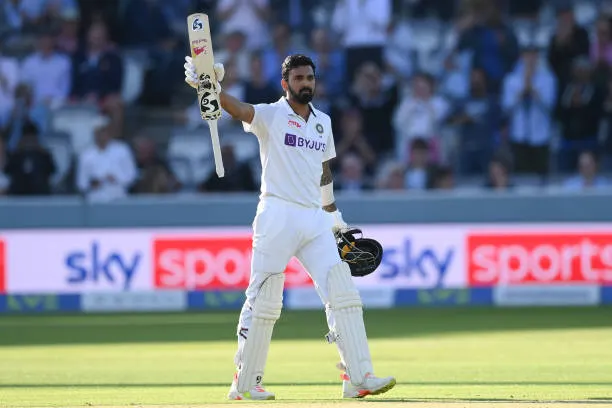
KL Rahul, at 33, continues to perplex fans and experts alike. A batsman blessed with impeccable technique and elegance, his career numbers tell a more conflicted story. With a Test average hovering around 35, Rahul’s journey has been one of undeniable talent colliding with erratic output. Despite several standout innings, his inconsistency has fueled criticism and raised questions about what’s holding him back from elite status.
Rahul’s Test career, which began in 2014 with a century in only his second match, has since been a cycle of breathtaking highs and puzzling lows. His overseas record, particularly in countries like Australia, England, and South Africa, has shown he can handle tough conditions—seven of his ten Test centuries have come outside India. But these moments have been interspersed with long lean patches, during which technical flaws and frequent dismissals overshadowed his skill.
Much of Rahul’s inconsistency can be traced to his ever-changing role in the Indian team. He’s been shifted across batting positions—from opener to middle-order—and often tasked with wicketkeeping duties in white-ball formats. This lack of a fixed role has arguably disrupted his rhythm and growth in the Test arena. Former players like Harbhajan Singh have remarked that Rahul’s average should ideally be over 50, given his raw ability.
Technically, Rahul has undergone multiple adjustments over the years, often in pursuit of the perfect setup. These tweaks, while well-intentioned, may have hindered his natural game. Cricket pundits have pointed out that he can sometimes be too mechanical at the crease, overthinking his technique and losing his natural flair.
The psychological aspect is equally critical. Rahul has admitted in interviews that expectations, both external and self-imposed, have weighed him down. At times, he has seemed too eager to prove himself, leading to tentative starts or soft dismissals after getting set. The pressure of being labeled “talented” may have inadvertently affected his mindset, especially when form dipped.
Yet, 2025 has brought glimmers of revival. In the ongoing Test series against England, Rahul produced a commanding 137 at Headingley, reminding everyone of his class. It was his ninth century in SENA countries and one that showcased composure, control, and confidence. Across the series so far, he’s averaged over 60, displaying signs of a batsman who has found his rhythm again.
Experts like Sanjay Manjrekar have noted that Rahul seems “closer to perfection” than ever before. Importantly, Rahul himself has spoken about a shift in perspective—no longer obsessed with numbers, but focused on enjoying the game and playing with clarity. This mental reset could be the key to unlocking a more consistent second phase of his career.
At 33, Rahul is no longer a rising star. He is now in the phase where consistency, leadership, and legacy come into play. With the next cycle of Test cricket looming and several senior roles up for grabs, KL Rahul has both the chance and responsibility to anchor India’s middle order. If recent signs are any indication, a late-career surge may not just be a hope—it might finally be underway.

